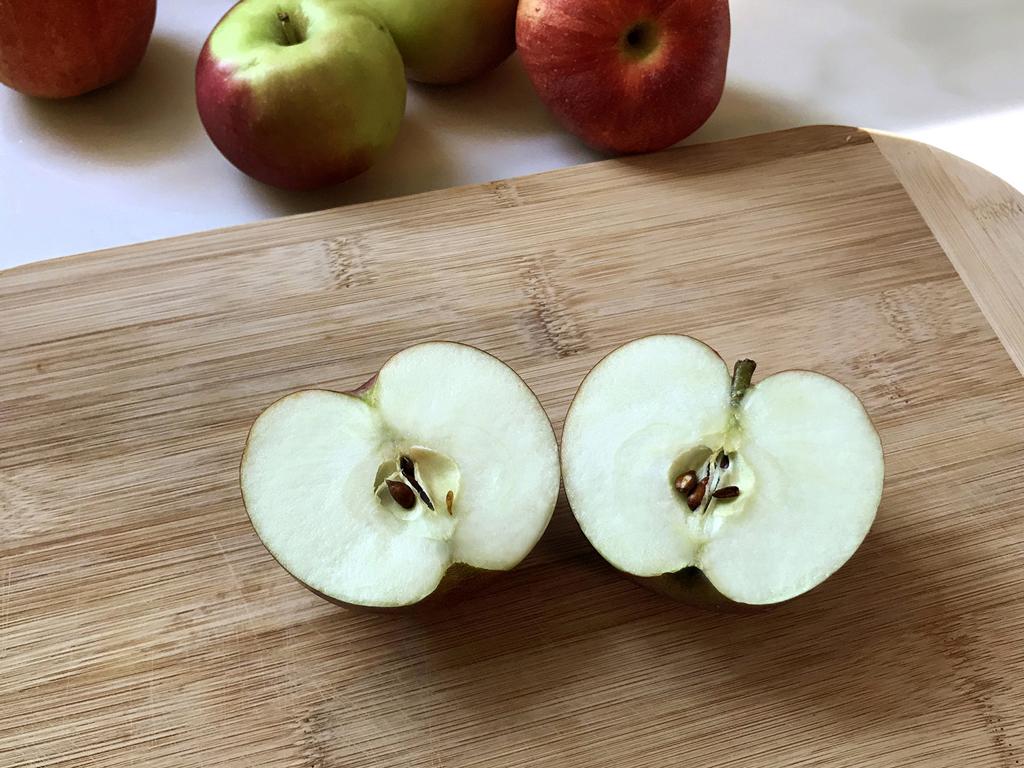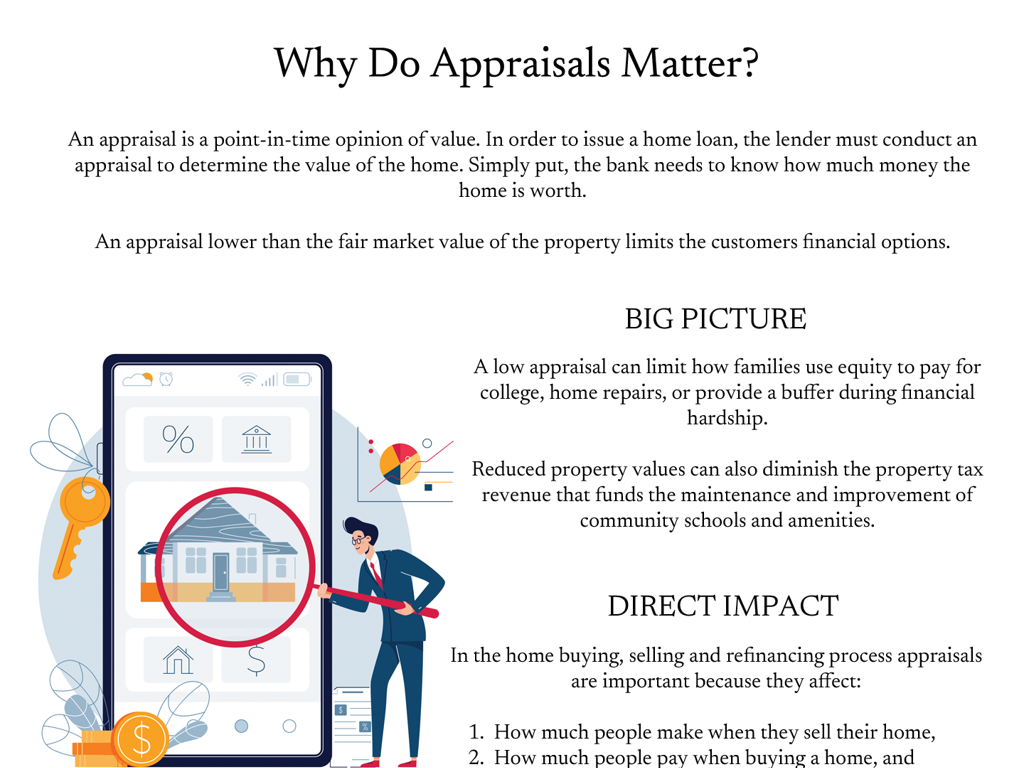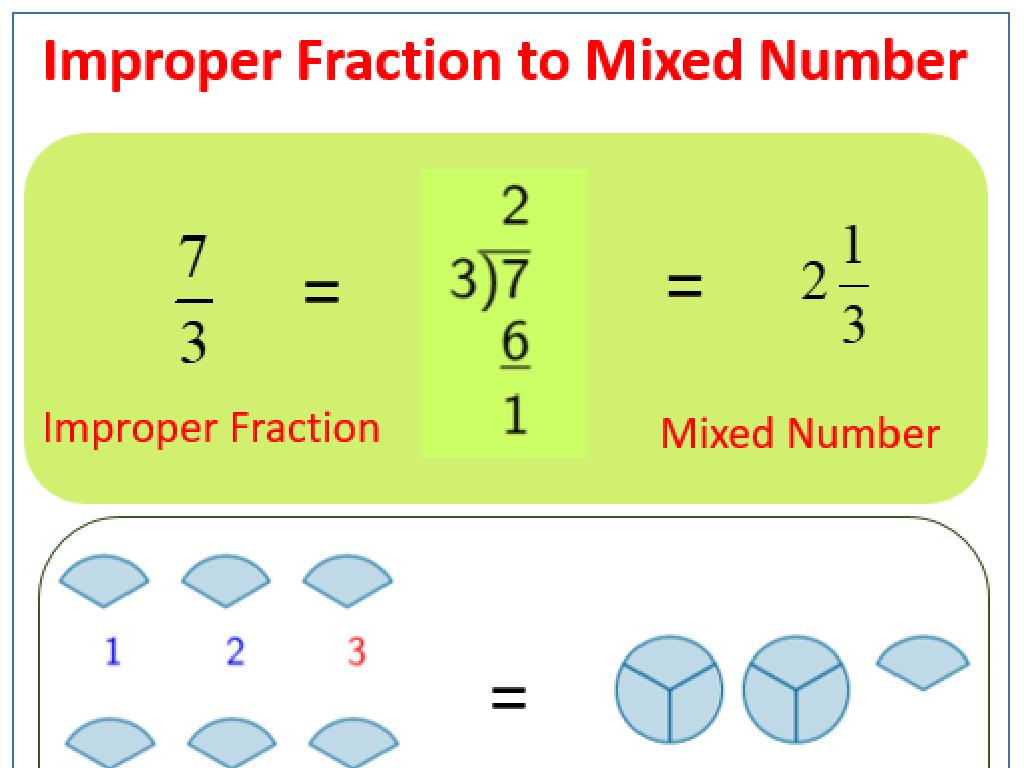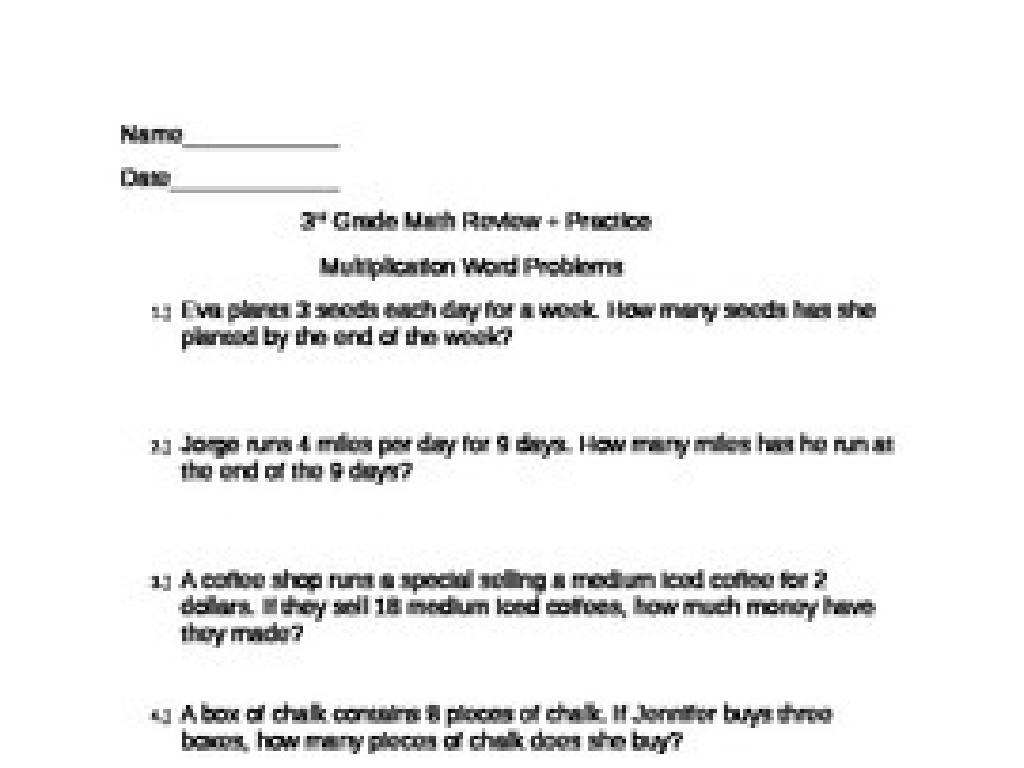Adding 6
Subject: Math
Grade: First grade
Topic: Addition Up To 20
Please LOG IN to download the presentation. Access is available to registered users only.
View More Content
Welcome to Addition: Adding 6
– Greet the day and get ready for math
– Today’s focus: Adding the number 6
– Understand why addition is useful
– Addition combines two amounts into one total
– Practice adding 6 with examples
– Example: If you have 6 apples and get 6 more, how many do you have now?
|
This slide is designed to introduce first graders to the concept of addition, specifically focusing on adding the number 6. Start the lesson with a warm greeting to create a welcoming atmosphere. Emphasize that today’s lesson will help them learn to add 6 to other numbers. Explain that addition is a way to find out how much we have in total when we put groups of things together. Use tangible examples like combining sets of toys or fruits to illustrate the concept. During the class, engage the students with hands-on activities where they can practice adding 6 to different numbers using physical objects or visual aids. Encourage participation and praise their efforts to build confidence.
Understanding Addition: Adding 6
– What is addition?
– Addition is combining numbers to make a larger number.
– Combining groups of items
– Like putting two toy groups together to find the total.
– Adding 6 to other numbers
– When we add 6, we’re increasing a number by 6.
– Practice with real examples
– Use toys, fingers, or drawings to add 6 in examples.
|
This slide introduces the concept of addition to first graders by relating it to a familiar activity: combining groups of toys. Start by explaining that addition is a way to find out how many items we have altogether. Use visual aids like toy sets or illustrations to show how two groups become one larger group when combined. Emphasize the action of adding 6 to different numbers by using hands-on examples with counters or drawings. Encourage students to think of addition as ‘putting together’ and ‘increasing’ the number of items they have. The goal is to make them comfortable with the idea of addition before moving on to more abstract representations.
Adding 6 to Numbers
– Adding 6 means 6 more
– Example with apples
– If you have 2 apples and get 6 more, now you have 8 apples!
– Counting on from a number
– Start at 2 and count up 6 more: 3, 4, 5, 6, 7, 8
– Practice with different numbers
– Try adding 6 to 1, 3, 5, and 7
|
This slide introduces the concept of addition by adding 6 to other numbers. Start by explaining that adding 6 means we are putting 6 more into what we already have. Use the example of apples to make it relatable for first graders. Show them how to count on from a number, starting at 2 and adding one at a time until reaching 8. Encourage the students to use their fingers or objects to count on. For the class activity, have students practice this concept by adding 6 to different numbers, such as 1, 3, 5, and 7. Provide guidance and ensure they understand the concept of ‘6 more’ by using various examples and hands-on activities.
Adding 6 with Our Fingers
– Use fingers to add 6 to numbers
– Practice adding 6 to 1, 2, 3, and 4
– Try 1+6, then 2+6, next 3+6, and 4+6
– Counting on from the first number
– Start with 1 on one hand, count 6 more on both hands
– Adding 6 is easy with finger counting
– Show how each time we add 6, we count up six fingers
|
This slide is designed to teach first graders the concept of addition by using their fingers to add 6 to other numbers. Start by explaining that each finger represents one unit. Demonstrate with your own hands how to add 6 to smaller numbers by holding up the number of fingers for the first number and then counting on six more. Practice with the class using numbers 1 through 4, as these are within the range of 10 and can be easily demonstrated with two hands. Encourage the students to use their fingers to visualize the addition process, which reinforces their understanding of counting and basic addition. Prepare to guide them through the activity and correct any misunderstandings. Offer praise as they grasp the concept.
Adding 6 with a Number Line
– Number lines show addition
– Each jump moves us 6 steps
– Starting at any number, count up 6 spaces
– Let’s practice jumping together
– We’ll do it as a class activity
– Visualize adding 6 on the line
– Imagine hopping forward 6 spaces each time
|
This slide introduces the concept of using a number line to add 6 to any given number, which is a fundamental skill in first-grade mathematics. The number line is a visual tool that helps students understand addition as a forward movement. Start by explaining how a number line works, then demonstrate adding 6 by counting and moving 6 spaces forward from a number. Engage the students in a class activity where they can physically jump or point along a number line on the board or on their papers. Encourage them to visualize the jumps as they count, reinforcing the concept of addition. This interactive approach helps solidify their understanding of adding 6 in a fun and memorable way.
Let’s Practice Adding 6!
– Try addition problems with 6
– Use fingers to count
– Count 6 fingers starting from 1
– Use objects for help
– Count 6 pebbles or blocks
– Draw a number line
– Starting at any number, make 6 jumps to add
|
This slide is designed to engage first-grade students in a hands-on activity to practice adding 6 to other numbers. Encourage students to use their fingers to count, which is a practical and accessible way for young learners to visualize addition. They can also use classroom objects like pebbles or blocks to physically group items in sets of 6, which reinforces the concept of addition. Introduce the number line as a tool for adding by making jumps from one number to the next, which helps in understanding sequential addition. During the activity, circulate around the room to assist students who may struggle and to ensure that each student is participating and understanding the concept of adding 6.
Adding 6: Solving Together
– Let’s add 6 and 3
– 6 + 3 makes 9
– Now, add 4 to 6
– 4 + 6 equals 10
– What is 6 plus 6?
– 6 + 6 gives us 12
– We’ll check answers together
|
This slide is designed for a class activity where students will practice adding the number 6 to other numbers. Start by solving the first problem together, demonstrating how to count up from 6 to find the sum. Encourage the students to use their fingers or counters to help them visualize the addition. After solving each problem, ask the class to share their answers and methods. This will not only reinforce the concept of addition but also build their confidence in solving math problems. Possible activities include using physical objects to count, drawing pictures to represent the problems, or using a number line. Ensure that each student is engaged and understands the process of adding 6.
Class Activity: Addition Relay
– Let’s play a relay game!
– Each team solves addition problems
– Add 6 to numbers up to 14
– Pass the baton to the next teammate
– Teamwork and speed are key
– First team to finish wins!
|
This activity is designed to make learning addition fun through a physical relay game. Divide the class into small teams. Each team will have a set of addition problems where they add 6 to numbers up to 14. One student at a time from each team will solve a problem and then pass the baton to the next teammate. This continues until all problems are solved. The first team to correctly complete all their problems wins. Make sure to walk around and assist any team or student that may be struggling with the concept. Encourage cheering and support among teams to foster a positive learning environment. Possible variations of the activity could include using different numbers to add, incorporating subtraction problems, or having a puzzle to solve at the end.
Great Work on Adding 6!
– Congratulations on learning addition with 6
– Complete the adding 6 worksheet for homework
– The worksheet has problems like 4 + 6 and 7 + 6
– Practice makes perfect in addition
– Aim to become an addition expert
|
Today’s lesson focused on adding the number 6 to other numbers up to 20. The students have done a great job and are now familiar with this concept. For homework, they have been assigned a worksheet that will provide additional practice to reinforce what they’ve learned. The worksheet includes a variety of problems to ensure they understand how to add 6 to different numbers. Encourage the students to practice regularly as this will help them become more confident in their addition skills. Remind them that with consistent practice, they can become addition experts. During the next class, review the homework to address any difficulties they may have encountered.






